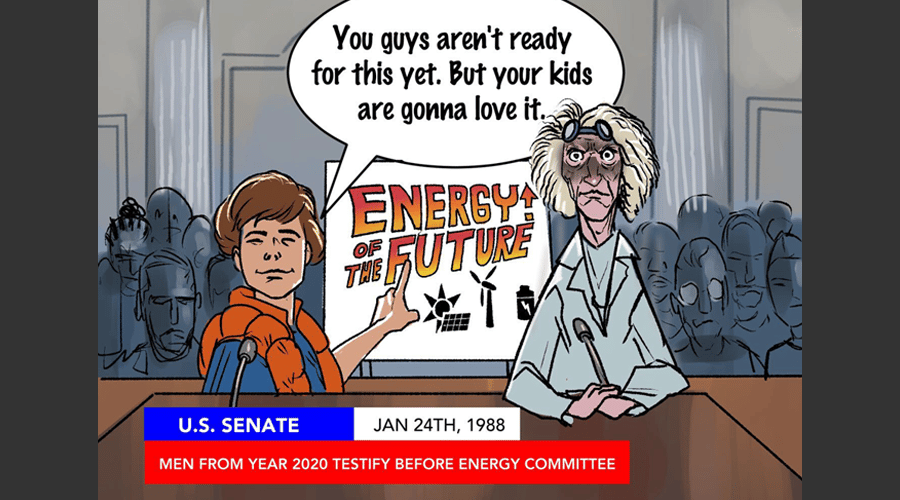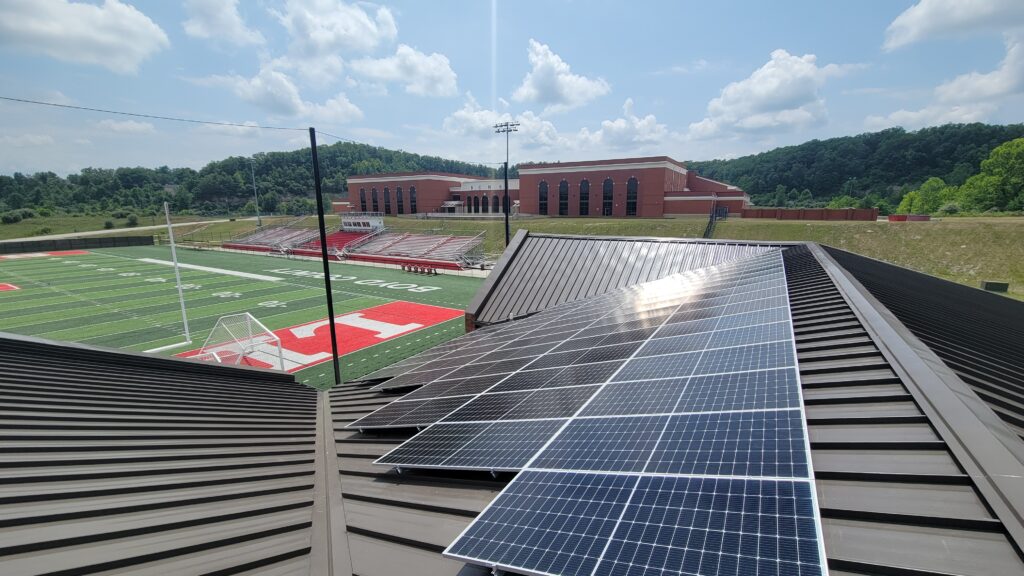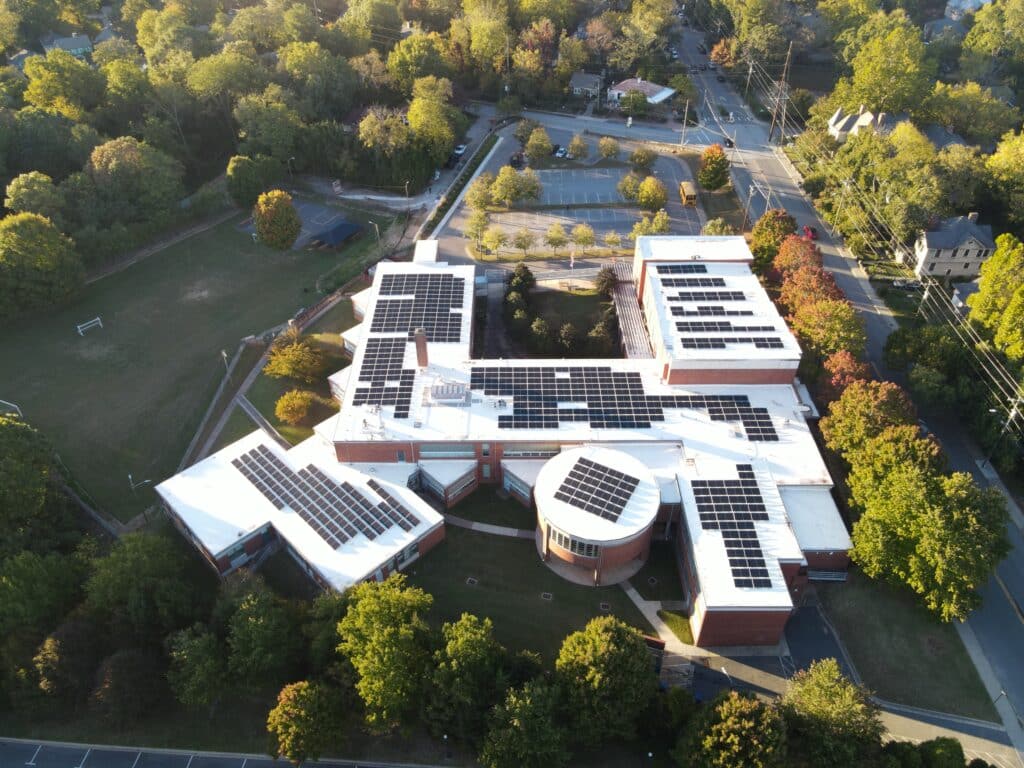Imagine walking into a meeting with your personal financial advisor and she gives you the following advice: “I’d strongly recommend you invest a very large sum of money right now, as we’re quite confident it will generate fantastic returns for you for decades to come. Oh, and if you don’t act now, we’re even more certain the costs to you will be staggering.”
That’s basically where the U.S. sits today with regards to the climate crisis, and you don’t need a PhD in economics to know what the right response is. We need major clean energy investment now in order to reap ongoing economic benefits and, importantly, to avoid paying crippling costs later. Let’s break this down.
What needs to happen
To keep global temperature rise well below 2 degrees Celsius, the U.S. needs to reduce its carbon dioxide emissions to net zero by around mid-century, according to scientists. Given that the country still derives around 80 percent of its energy from fossil fuels, this will require a dramatic—and rapid—shift in how we get our energy. By most accounts, the pathway to net zero emissions involves three key elements: a rapid transition to renewable energy, the electrification of nearly everything, and reliance on key technologies such as wind and solar power, heat pumps, batteries, electric vehicles, and more. Getting to net zero by 2050 could require doubling or tripling clean electricity installations while dramatically slashing emissions from transport, buildings, industry, and agriculture.
From an economic perspective, we’re talking about trillions of dollars in investment over the next decade or so to put in place the needed clean energy infrastructure. Getting to net zero will require putting a price on carbon dioxide emissions, whether directly through a “carbon tax” on fossil fuels, or indirectly through the deployment of today’s renewable energy solutions and investment in tomorrow’s innovations. Either way, that’s a lot of moolah (although there will be savings too—we’ll get to that later). But before we consider the price tag of taking clean energy action, we need to understand the cost of inaction.
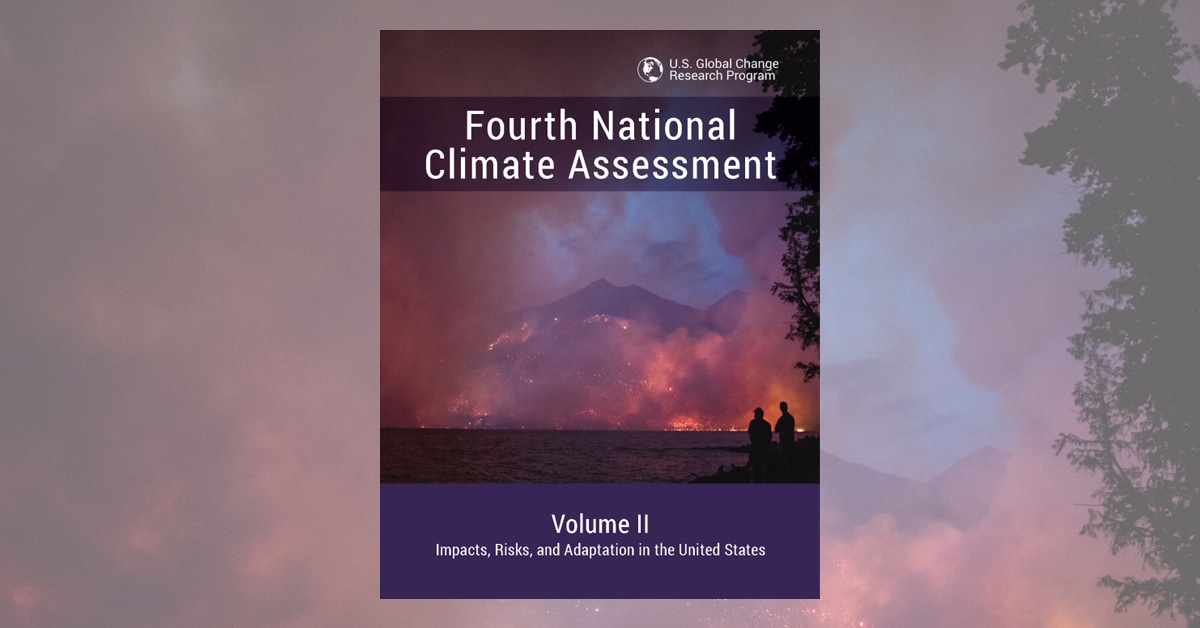
What happens if we don’t take action?
According to the federal government’s Fourth National Climate Assessment, released in 2018, even moderate warming could cost the U.S. economy hundreds of billions of dollars each year by the end of this century. In the worst-case scenario, the losses could total more than 10 percent of GDP. If the country fails to keep emissions below the 2 degree limit, the panel predicts, we’re in for a cascade of disasters of Biblical proportions, which, it’s safe to say, would be economically devastating. Consider just a few of the (less than optimal) prospects mentioned in the Assessment:
- Crops: Due to higher temperatures, drought, and flooding, corn yields in parts of the Midwest could decline to less than 75% of today’s levels, and the southern Midwest could lose more than 25% of its soybean yield. Dairy production would continue to suffer from heat stress.
- Seafood: Worsening ocean acidification could result in a $230 million loss in shellfish by the end of the century and oxygen-depleting algal blooms that kill sea life will become more frequent.
- Fires and extreme heat: Wildfires could burn up to six times more forest area annually by 2050 in parts of the U.S. Extreme heat will become more frequent in places like Phoenix (which this year has had a record 144 days exceeding 100 degrees Fahrenheit) and even in places like Chicago.
- Flooding: Sea-level rise and storm surges will cause intensified flooding along U.S. coasts, damaging public infrastructure and putting at risk the $1 trillion in coastal real estate.
All of these impacts will, of course, have consequences for our health, with more Americans dying from extreme heat (an additional 2,000 premature deaths in the Midwest annually by 2090) and suffering from mosquito- and tickborne diseases, asthma and allergies, and food- and water-borne illness. Populations won’t be affected equally, with a greater risk for heat-related illness and death among children, the elderly, the poor, and communities of color. While it’s hard to put a dollar figure on the overall cost of inaction, it’s clear that to avoid the worst effects of climate change, the U.S. needs to have a pro-active, long-term strategy in place—rather than simply reacting to disasters after the fact.
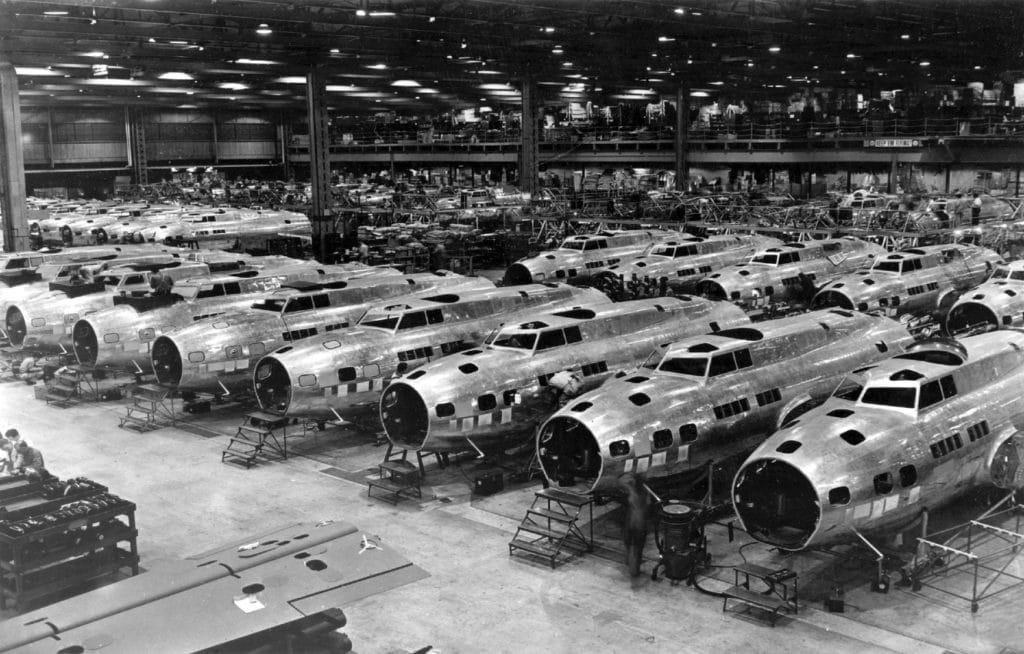
What we need to do
From this perspective, spending trillions of dollars over the coming years seems distinctly….palatable. Getting to zero emissions will mean ramping up green public investments, compensating households as they make the transition, and yes, being okay with taking on additional federal debt (a prospect that COVID-19 has now made inevitable). One presidential campaign has called for spending up to $2 trillion over four years to accelerate the deployment of wind and solar power and electric vehicles, while investing in hydrogen and other nascent technologies and creating jobs. Another key proposal, Rewiring America, envisions public and private spending of around $20-25 trillion over 20 years to advance clean energy and electrification, with the private sector taking the lead and the government shelling out around $250-350 billion per year.
Saul Griffith, the lead brain behind Rewiring America, likens the task to wartime mobilization, calling for a three- to five-year ramp-up in clean energy manufacturing followed by “a sustained period of 100 percent substitution…which entails government taking a direct hand in industry, working with it to hit specific production targets through some mix of incentives, penalties, and mandates.” Griffith believes the mobilization effort would be less onerous than FDR’s mandate in the 1940s, noting that while it took the equivalent of 1.8 US GDPs to win World War II, “the total cost of decarbonizing America is more like 1.2 to 1.5 GDPs. Proportionally, it’s a significantly smaller interruption to the economy.”
To make it work for the average American, the key is leveraging the extensive cost savings associated with the clean energy transition. Because a fully electrified, renewable energy system is much more efficient than a fossil-fueled one, U.S. primary energy demand would decline by half. Between reduced energy demand, cheaper energy costs, and the lower fuel and maintenance costs of electric vehicles, the average household would save an estimated $1,000-2,000 per year, according to Griffith. The government could support consumers by providing low-cost, government-backed loans to help cover the costs of the transition, like retrofitting buildings with solar panels, heat pumps, and batteries.
Not only is a clean energy economy doable—it’s inevitable. Even powerful banks and international institutions like the International Monetary Fund acknowledge that we’ve been given a false choice between the economy and the environment. Financial institutions, perhaps more than anyone, are keenly aware of the risks that climate inaction pose for their own investments and for overall financial stability, and they understand that taking action on clean energy is a good insurance policy for a livable future. As writer David Roberts noted recently, “We can have clean air, clean energy, a prosperous economy, and a stable climate, all the things we want, if we’re just willing to do the work.”
Help set our country’s course toward a better future. Check out the Vote Clean Energy 2020 campaign, which is all about equipping you to show your support for clean energy during this critical election season.












